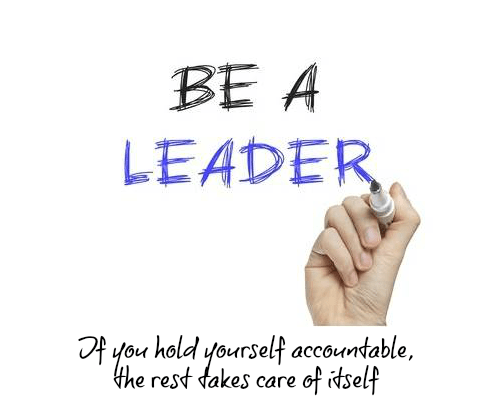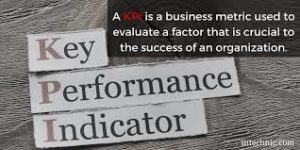
The vendors you work with are important to the success of your business and the relationships you build with them can drastically impact your top and bottom line.
Vendors and Cost of Goods:
First and foremost, your Cost of Goods (COGS) are directly impacted by what your vendors charge you for the components that go into the delivery of your product or service. Revenue – COGS = Gross Profit. If you have strong relationships with your vendors, you can drive costs down as your volume grows increasing your overall gross profit. This can only happen if you understand how your vendor’s cost structures work. To do this you need to be able to connect with them regularly to discuss how you can help each other grow. After all nobody wants you to grow more than the vendor that supplies you. Here are a few things I would recommend when dealing with your vendors.
Go to see them or have them come see you so you can both get a better sense of how you can grow together.
Set goals for the relationship in terms of growth incentives, payment and volume discounting.
Meet at least once a year to review the status of the relationship and their competitiveness in the market. The market changes from year to year, so they need to know you are on top of things.
Lastly, track the effectiveness of their product and service. After all, your business is directly impacted by both quality and delivery times.
Vendor Referral Programs:
A good vendor can be one of your best referral sources. Their success is directly affected by your industry after all and more directly your success. The faster you grow the faster they grow. With that in mind explore the possibility of them helping you grow through referrals. Look for unique ways to offer your vendors rewards for helping grow your business and everyone wins.
Here’s the step-by-step process to putting together a partnership with a vendor:
Approach all the vendors you work with and offer them an incentive based on performance.
Put the generous incentive plan together from their perspective, even take suggestions.
Develop a clear, concise and easy to track incentive plan. They need to understand how they will get paid for their efforts.
Encourage subsequent sales instead of focusing only on the initial sale. Creating an incentive trail allows them to continue to reap the rewards of their efforts past the initial purchase, which is usually the smallest sale volume.
Create an incentive plan that’s irresistible to your vendors by offering generous, exclusive compensation.
Think of all the vendors you work with and the creative ways you can put together an incentive plan that entices them to be part of your business. Use their talents, capabilities and connections and you’ll both be winners.
Putting together an incentive plan doesn’t have to be a complicated process. Use our FREE test drive to come up with some great ideas and put your incentive plan together for maximum results.






